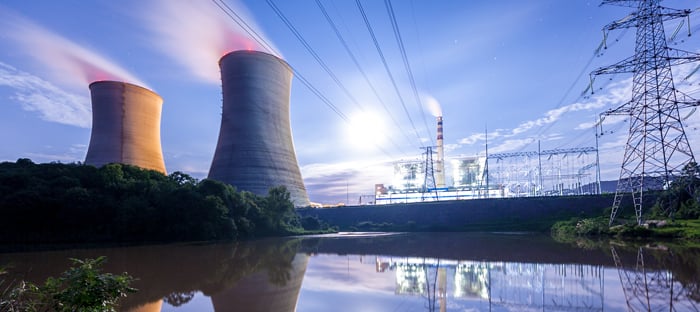Power your home
Enjoy price security with Safe Harbor fixed price energy plans

Power your business

Loading component...
Loading component...
Energy Resources

Finding out who provides electricity to your address can seem like a daunting task, but it doesn’t have to be.
Keep in mind you can compare rates and choose the plan that suits you best, but price shouldn’t be your only deciding factor when choosing an electric supplier. Community involvement, corporate values and sustainability efforts all play a vital role, as well.
So, when you’re searching for an “electric supplier near me” or “electric suppliers in my area” and reviewing electric rates in Ohio make sure you’re asking the right questions to find the electricity suppliers that suit you best.
We are proud to serve Ohio and Pennsylvania. No matter where you live in Ohio, we’ve got you powered. From southwest Ohio to northeast Ohio and towns in between, we help supply power to many of the 11.5 million people who live and work in the state.
Since Ohio is an Energy Choice state, the provider offering the best electric rates can vary depending on market fluctuations and changes in the wholesale price of electricity.
Apples to Apples is the Public Utilities Commission of Ohio's (PUCO) website for comparing electric and natural gas prices and contract terms. The site helps Ohio residents understand energy deregulation and their options for electricity providers.
By comparing the Apples to Apples Price to Compare (PTC) rate regularly, consumers can choose the provider that best suits their needs – or offers the best rate at that particular time.
With energy choice, you can choose the electricity plan that works best for you or your family. Energy Harbor offers flexible fixed-rate plans that are designed to help save you money on your electric rate. These plans offer peace of mind with a guaranteed rate.
Variable rate plans are also available if those feel like a better fit for your budget. With energy choice, you can choose the electric plan that works best for your family. Energy Harbor offers a simple 12-month fixed-rate plan that’s designed to save you money on your electric bill, depending on the price of electricity in your area. This plan could reduce the electricity portion of your bill when our price per kilowatt-hour is lower than your current utility provider.
Many suppliers offer introductory rates to new customers. These rates are often lower than the standard rate and can last for a limited period, such as one to three billing cycles. After the introductory period, the rate will change to a fixed or variable rate for the remainder of the contract term.
Make sure that you read and understand the fine print on your contract outlining the terms and conditions of the introductory rate. Also learn if there are any cancellation fees attached to the introductory or fixed rate.
Energy Harbor offers a wide selection of options, offering a selection of products tailored for the customer’s exact usage and needs. The affordable, clean energy plans can shrink your home’s carbon footprint and help protect the environment. You can choose a 100% carbon-free electricity plan or a 100% green electricity plan.
We are an energy supplier made up of everyday people who understand how important clean and reliable electricity is to our customers’ everyday lives, today and for the future. We offer that give you the option to reduce your carbon footprint by choosing zero-carbon, clean energy plans for your home. When you switch to Energy Harbor, you’re choosing an energy supplier that empowers customers to help create a clean energy future.
Being a supplier, Energy Harbor works with area utilities to provide various clean energy options and offers simple, easy enrollment. Additionally, Energy Harbor works with local electric and gas utilities such as Ohio Edison, The Illuminating Co., Toledo Edison and many more.
A good electricity supplier in Ohio should tell you the following before you sign up for a rate:
When looking for quality customer support from your supplier there are several things to consider. It all boils down to what is most important to you.
Efficiency – Energy suppliers work hard to be efficient and keep costs down.
Competitive Rates – Expect your supplier to offer competitive prices and contract options.
Innovation – Elect a supplier that is at the forefront of innovation, such as offering clean energy and renewable energy options.
Reputation – How does the supplier rank among industry competitors and how are they known for doing business in your community?
You can compare rates and choose the plan that suits you best, but price isn’t always the only deciding factor when choosing an electric supplier. Do your homework and make sure to ask the right questions before making a decision.
Ready to find the best electricity rates and energy plan that works for you? When you switch your energy supply to Energy Harbor, we take the worry out of fluctuating energy prices. Weather the seasonal fluctuations in energy prices by securing the same affordable rate for years, and you will enjoy peace of mind with dependable energy costs in your electric bill.
Enter your zipcode to find 100% Green plans in your area.
Thousands relocate to the Buckeye State every year. Not a surprise considering Ohio is one of the U.
What to look for when comparing energy plans so you can make the best choice for your lifestyle.
Practical tips for paying less per kilowatt hour and using less energy each month.